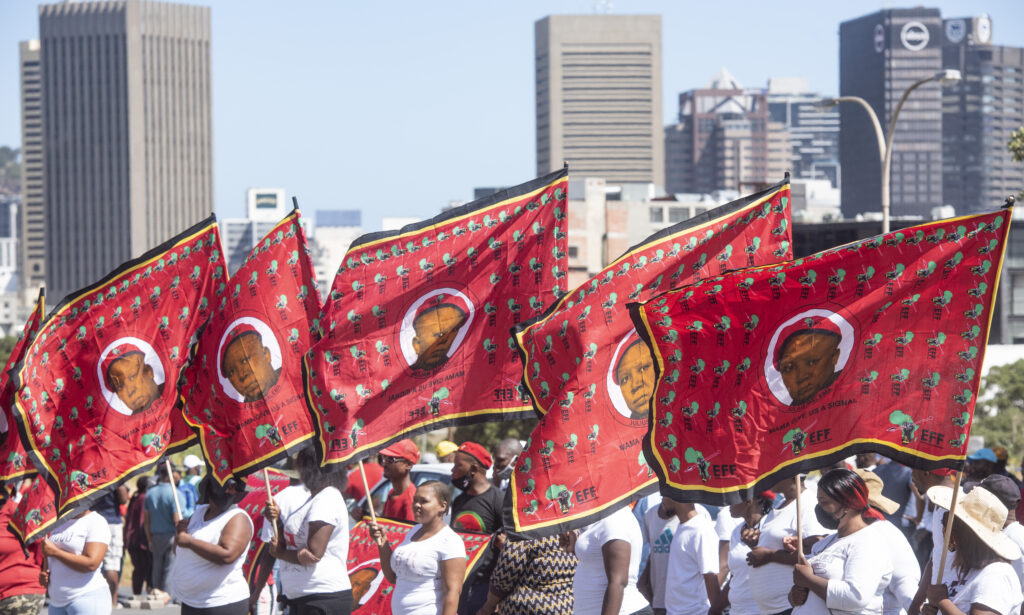By Amori Marais
The grip of calamities is tightening across the world: Covid-19 is causing a global pandemic; parts of Australia are (still) burning; and war continues its reign. Additionally, there are individuals who, on a daily basis, are confronted with famine; drought; minimal access to running water; and other natural disasters, such as floods, landslides and storms (La Masson, Norton, & Wilkinson, 2016). With so many natural and human-made disasters, resilience is an important concept to consider.
Resilience has multiple definitions, all based on similar foundational constructs, but most resilience scholars accept it as the “positive adaptation in the face of adversity” (Schoon & Bynner, 2003, p.21). Resilience rests on two main factors: firstly, the context of adversity which may present an individual with psychological threat, experiences of trauma and/or biological risk, and secondly, adjusting well to the context of adversity (Goldstein & Brooks, 2013; Theron, Theron, & Malindi, 2013).
Adjusting well denotes positive adjustment on an internal and/or external level. Internally, it may include the absence of pathology and the presence of psychological well-being, while external adaptation may be reflected in social engagement and optimal functioning (Theron et al., 2013). Thus, resilience is not only limited to positive adjustment but can also manifest as positive outcomes, processes and/or refer to an individual’s capacity for successful adaptation (Grotberg, 2003; Kümpfer, 2002).
Existing social dynamics and power relations are mitigating factors of individual and community resiliency. Applying a gendered lens to resilience theory enables understanding of individuals’ relationships with their environment and access to resources during crisis situations (La Masson et al., 2016). Social intersections have rarely been considered in the face of disasters, especially gender identities, leading to so-called gender-blindness. This is particularly relevant in less developed areas of the world, such as Africa and Asia, where resources in the face of disasters remain scarce. Gender identities are dictated by gender ideals which largely determine ‘appropriate’ behaviours (gender roles) for people of all genders. Hetero-cis-normativity remain dominant ideologies within South Africa and elsewhere, and continually reinforce prescribed behaviours. Therefore, experiences during crises should be analysed in relation to gender norms and the accompanying gender roles.
Within heteronormative societies, gender inequality usually occurs at the detriment of women (Momsen, 2010). The predominance of normative structures like patriarchy typically leads to the subordination of women, which is based on the concepts of masculinity and femininity. Femininity is associated with being quiet, accommodating, and obedient whereas masculinity, with the ability to exercise power and getting others to do what you want them to do (Koester, 2015).
Gender can be interpreted as a social stratifier, similar to race, class, age and religion, that influences individual and community capacity to cope and recover from disasters (La Masson et al., 2016). Focusing on gender, enables important insights into individual vulnerabilities during disaster situations as dictated by social roles and dynamics (Moosa & Tuana, 2014). Building and enhancing people’s resilience require insights into social norms and factors maintaining gendered power inequalities which restrain the abilities of all genders to reduce vulnerabilities in the face of environmental shocks and stresses (La Masson et al., 2016). Incorporating gender sensitive policies will imply recognition and consideration of gender inequalities as an obstacle that may deprive one group of people of the same rights and opportunities as the more privileged group. ‘Gender mainstreaming’ within disaster policies have not yet occurred (Dankelman, 2010). The term denotes the insertion of the needs of all genders within disaster strategies, which requires equal participation in defining objectives that satisfy diverse needs.
Within the current Covid-19 pandemic, women and girls’ ascribed gender roles are increasingly amplified, particularly their caregiver role, which stretch across multiple spheres: professionally; within homes; and communities.
The caregiving burden is exasperated by the closure of schools, forcing more unpaid work onto women and girls (UN Women, 2020). Additionally, 70% of the world’s workforce within health and social sectors are women (UN Women, 2020). UN Women (2020) further report the following gender impacts for women, as a result of the Covid-19 pandemic: increasing gender-based violence based on continued confinement with their abuser(s); compromised economic empowerment for women and impact on female migrant workers; interrupted access to sexual and reproductive health; and exclusion from leadership roles. In response to the gender impacts of Covid-19, specific strategies have been compiled.
These strategies provide a sense of empowerment to marginalised groups within societies. Empowerment signifies enabling people of all genders to control their lives in the form of setting own agendas, skills development, self-confidence, problem-solving and enhanced self-reliance (Gender Action, 2013). Empowerment is possible through the gender transformative approach, which is thought to produce more lasting and sustainable development outcomes for all genders.
—
Amori Marais is a Research Psychologist and NRF Intern, University of South Africa, Department of Psychology, and PsySSA’s Sexuality and Gender Division Co-Secretariat.


